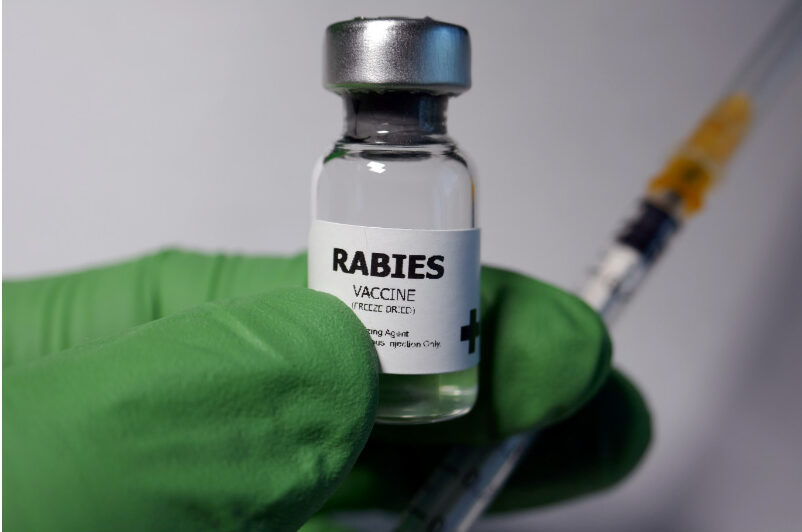Heartworms in Dogs

What is heartworm disease?
Heartworm disease is caused by a worm that is carried by mosquitoes. Pets become infected when the mosquito bites and sucks blood. Once pets become infected with heartworms, the worms travel pulmonary vessels and lungs. Mature heartworms can be several inches long. As an adult, the heartworm is able to breed with other heartworms and produce microfilaria. These tiny microfilaria are picked up by blood-sucking mosquitoes and carried to other pets where the process begins again.
Key facts about heartworm disease in dogs and cats
- Heartworms are carried by mosquitoes.
- Heartworms can be fatal.
- Heartworms can be difficult to treat but are easy to prevent.
- Studies show 50% of cats infected with heartworm larvae have significant disease of the small arteries supplying blood to the lungs.
Which pets are most at risk for heartworm disease?
Heartworm disease has been diagnosed in all 50 states and is most concentrated in the eastern United States, the southern United States, and near Midwestern river valleys, including areas along the Mississippi and Ohio Rivers.
Pets that live outdoors are at the most risk for heartworm disease although in a North Carolina study, 28 percent of the cats diagnosed with heartworm were inside-only cats. This is because while outside pets are more susceptible to mosquitoes, mosquitoes can also get inside your home and deliver the one bite necessary to spread the disease.





